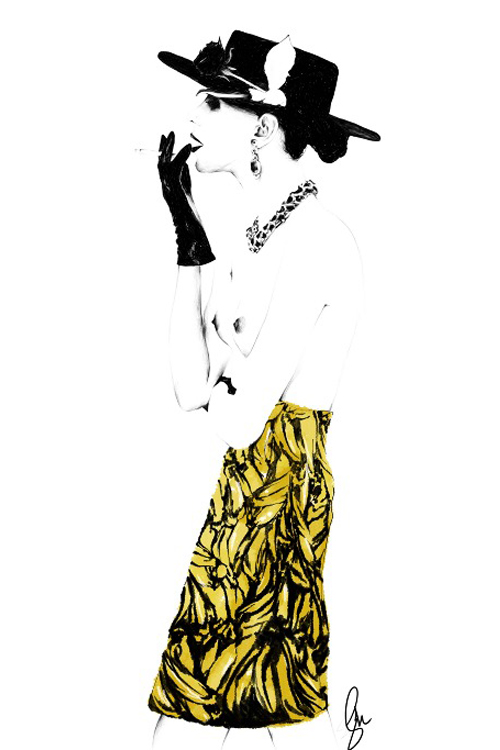
We met at a so-called Vogue experience, where we experienced the joy of standing in a queue for an hour and a half just to talk to Lisa Armstrong for five minutes and to shake hands with Manolo Blahnik. Illustrator Spiros Halaris, patiently queuing in front of me and politely declining the regularly offered macaroons, gave me the opportunity to have a glimpse at his striking portfolio. That day, I fell in love. With drawings that are one of a kind in their nonchalant attitude, their subtle sadness and tender beauty.
Exactly two weeks later I meet 22-year-old Spiros in Soho – where East and West meet. Unpredictable London weather had poured down on us and forced a little garment change, but garments are what connect us after all. In the dark of a non-lit downstairs café, we sit to escape the noise and enjoy afternoon tea.
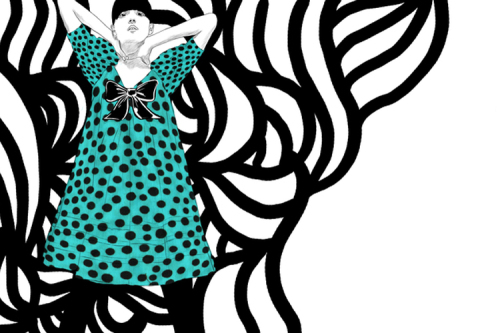
Spiros, you have red tea and lemon cake for tea. What do you eat for breakfast?
In a very good mood and when I have the time, I have an English breakfast with bacon and eggs. Else I just have cereal. Interestingly, in Greece, where I come from, they don’t have breakfast traditionally. But I have to wake up and eat something proper to start my day nicely.
Is there a time of the day or a day of the week you prefer to work?
I am not the kind of person who works till late because at some point I just doze off. I am definitely a morning person. As it is, on quite a few occasions I have to work at night since deadlines are tight. I am working at home at the moment, but if things go well, I’ll have my more established studio in central London soon. Freelancing is ideal and not ideal at the same time. You are more relaxed but you also get distracted, sitting a minute away from your bed or fridge. (laughs)
Your work is a mixture of traditional techniques and new ones: pen, ink, Photoshop. Does one work without the other? Is there one you enjoy more?
I am totally addicted to Photoshop. I love it because you can work with a pen and later change it in Photoshop without losing the character you had on paper. Illustrator, on the other hand, is more digital and doesn’t have this kind of texture. I find that they work hand-in-hand as well as on their own.
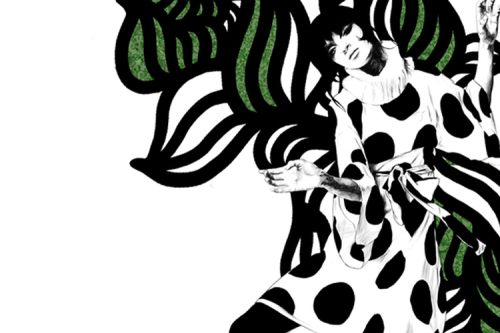
What music are you playing in your studio?
Music is very important to me. I want to create a nice environment through a soundtrack that would be with me all day. I also love listening to the radio because it’s like having company. Whether it is a certain soundtrack or a certain type of music, when working on a piece, I would always connect it to sounds that inspire me or something external that just blends into my mind.
‘Fashion made you hardcore’ – how can we understand this statement?
This is the name of a calendar I did when I was inspired by extreme figures. Unlike catwalk pictures, the ladies were more bold, had more make up on and I drew them in black and white which resulted in strong images. This was down to the pictures that I was looking at at the time; hardcore illustration and extreme couture outside the boundaries of the usual norm.
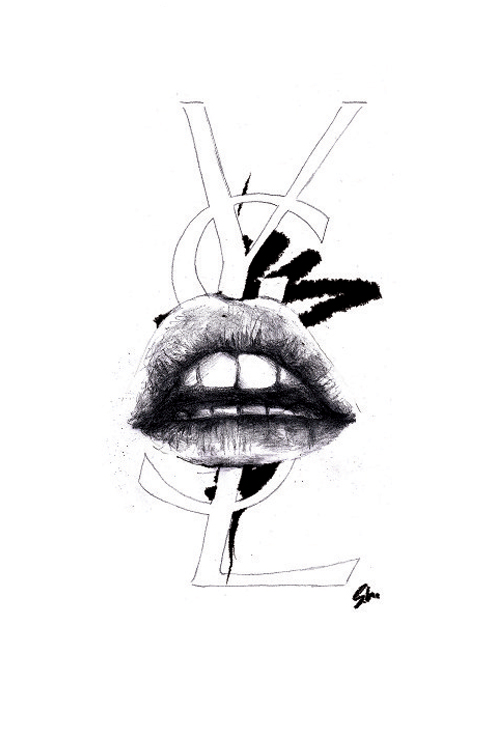
What is an illustration able to do that a photograph can’t?
Illustration has regained popularity because there has been too much photography that lost the quality it used to have when it was a rare thing. Illustration portrays something further than a photograph does; in a multi-dimensional way. But neither photography nor illustration will ever be out of fashion, it’s a balance between the two.
To come back to your portfolio: Do you ever work with the ‘magic of the mistake’? Can you explain what this is?
You can’t believe how many times I’ve done this! I did something by accident and was like: ‚Wow, this is what I wanted to do without knowing how to!‘ That’s the magic moment. You never know when it’s going to happen.
That’s the good thing about Photoshop, right?
…cause you can make as many mistakes as you like while being just a click away from putting it back to your original image. I quite often work with this sense of serendipity.
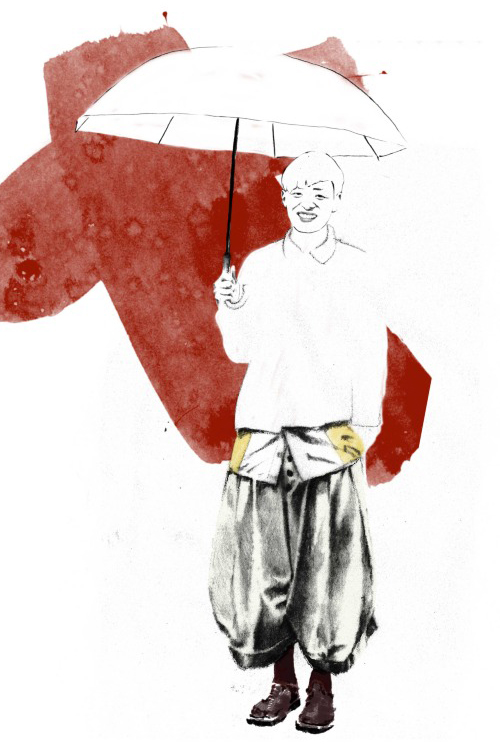
Fashion is something already beautiful, but how would you cope having to do something unaesthetic, something mundane?
When working with advertising companies, it’s the pretty girls, the flowers and suchlike. At the end of the day, fashion has the pictures with the biggest stereotypes. That’s how it works and that’s how it sells. Although I’m using it too I love… let’s say… the ugly and I’m keen on drawing fashion that’s not so pretty, I like that non-catalogue beauty. You can sell beauty in many different ways, not only through the average Gucci woman.
Your work is emotive and about seduction. What are you seducing your viewers into?
I think the keyword – you said it – is emotion. I am an emotional person, I get attached to things. It is about the reaction you have when looking at an illustration. I want the viewer to be like: ‚Oh I can get something out of this.‘ Emotion is the key in general. When you look at personal pieces of mine, you can tell whether I was going through a moody mood, a happy, sad or in-love mood.
Read the full interview in Dash Magazine that will be released in February 2012.
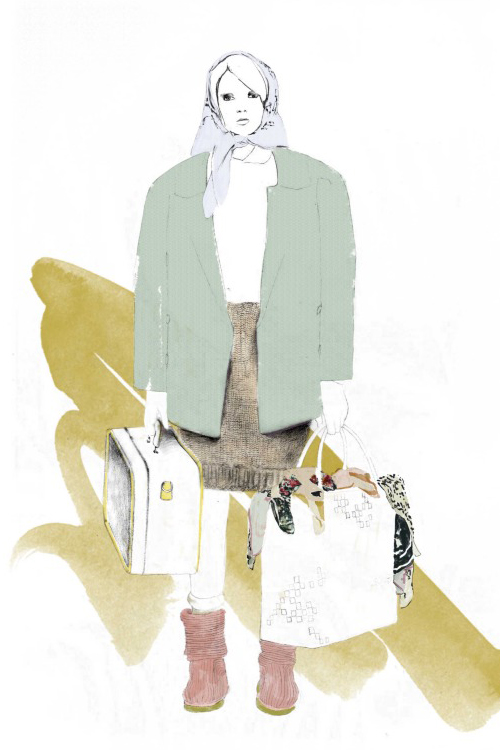
More from Spiros Halaris here.